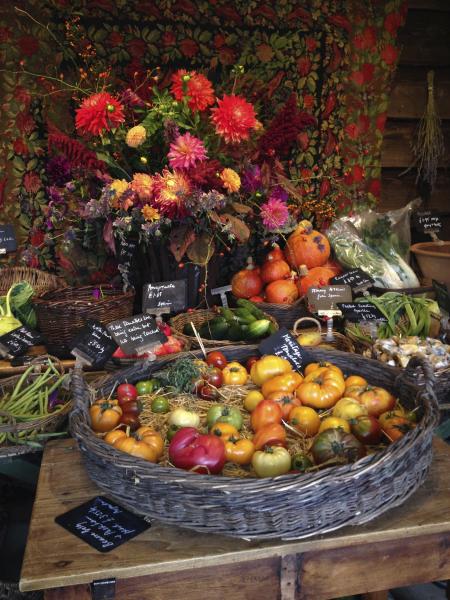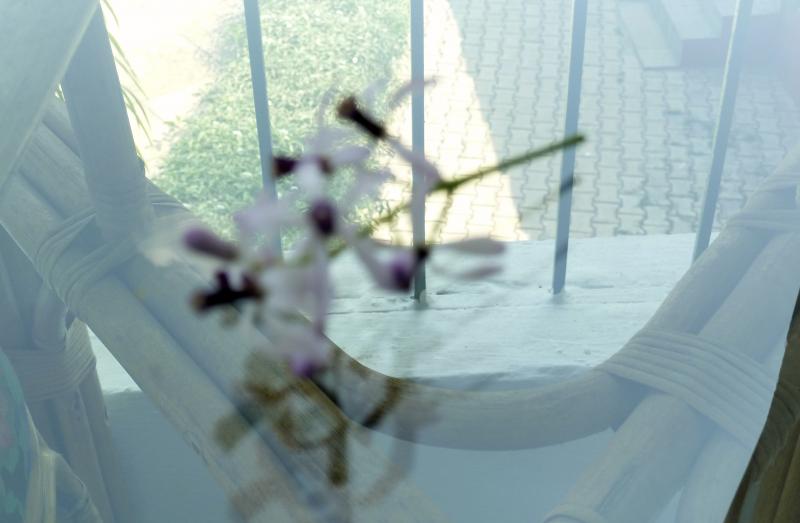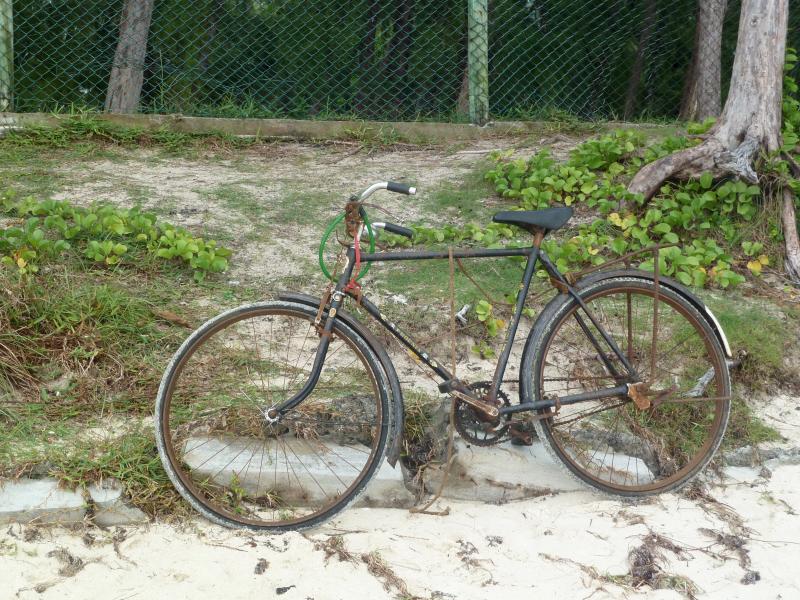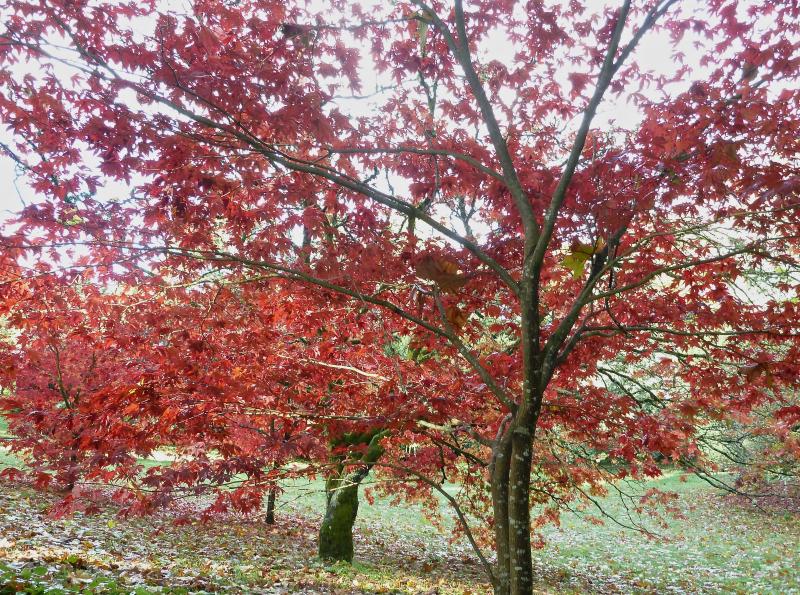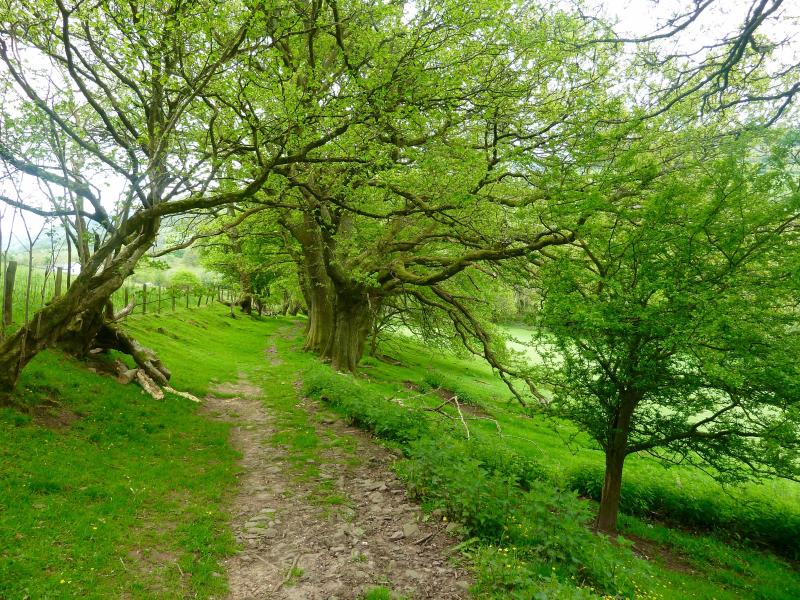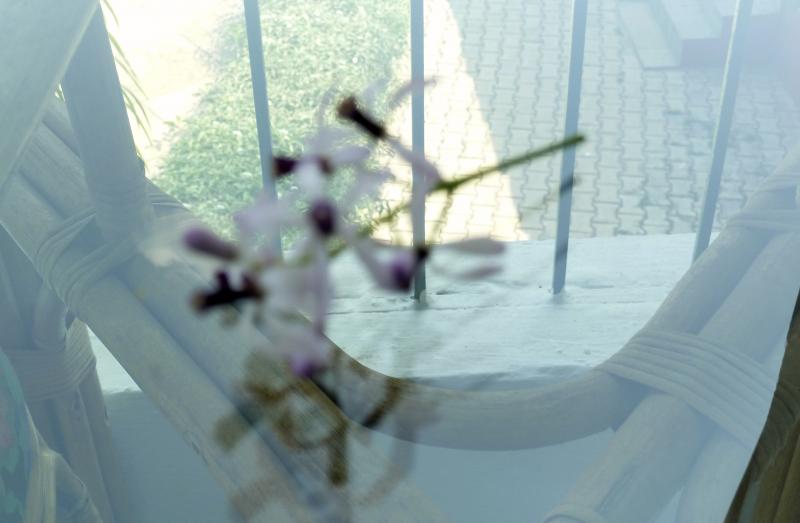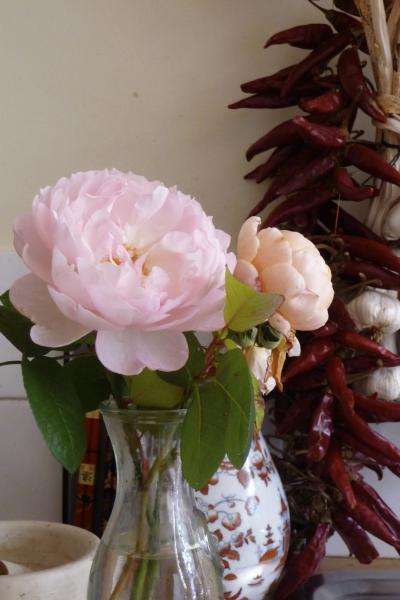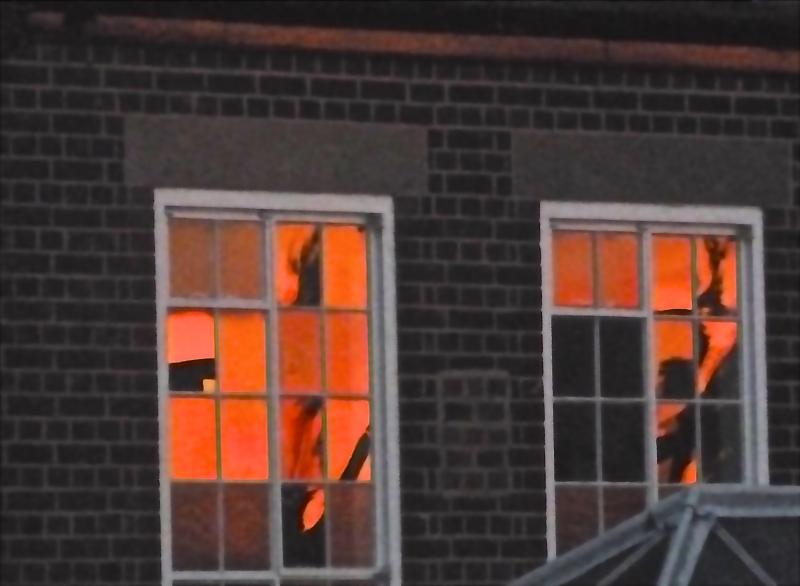
Some people decided that the countryside was a kinder place when they moved out of cities in a kind of panic, when normal life seemed to have gone forever and green spaces beyond the suburbs offered an alternative habitat. I believe for many it was a desperate move, allowing access to clean air but also, importantly, driven by a primal instinct to connect with the less tainted natural world. As Gerard Manley Hopkins wrote “Now soil is bare, nor can foot feel being shod.” The yearning was short-lived as many would-be return-to nature-seekers are now heading back to the city again. As a newbie “country dweller” I find the most striking thing about open spaces is that those native to the country don’t necessarily treat them with awe and wonder. Perhaps the indigenes have too much in terms of cars and mechanical distractions to leave off their shoes and feel the naked earth. They race down country roads, never dawdling for cow parsley foaming on the verge or sun setting in one-off ruddy spills, or observing speed limits, to take in the astonishing beauty flashing past their metal boxes, still less out of respect to village dwellers. Or else, with the ubiquitous canine friend leashed in one hand, eyes fixated on a screen in the other, they seem deaf to the birds making thrilling symphonies of the sweetest song, blind to leaves bursting in verdant ardour, and oblivious of the dog rose and elder flower exhaling steady breaths of their delicate perfume, adding to the flaming of God’s grandeur.
My friend Mukulika Bannerjee (https://www.thehindu.com/society/panacea-in-a-panchayat-the-web-series-panchayat-take-us-right-inside-a-village/article31922087.ece) in an astute analysis of the extraordinary appeal of the series Panchayat (Amazon Prime) remarked that no one had yet made the connection with the exit from town to country of the nations’ urban poor, most of who had originally migrated from villages to follow work and gain an income and were in direct contrast to the panicked Western middles classes. During the early part of the pandemic men, women, children carried their possessions on their heads and simply trudged dusty miles home to the far corners of Uttar Pradesh, Bihar and other states. “As they left urban Indians responded with bemusement. It was as if they were startled by the sight of their fellow citizens, normally hidden away in cramped slums and under plastic sheets…There was little they could draw on to imagine what life in these villages must be like.” Village life in India is for the poor and downtrodden and Mahatma Gandhi’s championing of rural values has long been consigned to the graveyard of the museum.
Almost everyone who cooks, cleans, nannys, chauffeurs for the well-off returns home to their village in the heartlands or far-off mountains for an annual leave when they will see their parents and connect to their land again. For the urban hero of Panchayat it’s all a terrible yawn until he slowly acclimatizes to his new habitat and is then amused when his city-slicker friend shows up and wants to walk in a rape-seed field (“It’s too hot and dusty and beside this is not the season”). The villagers pleasures are simple (they enjoy relieving themselves in the open air) and gradually our hero starts to understand the rhythms of their lives.
Marriage, birth, death, the seasons, familial relationships, the omniscience of gods are the things that matter and of course the darker elements of alcohol, money and land debts. Rural folk sing of love of course, of sorrow and loss and yearning and among the most touching stories concern the young newly wedded girl in her mother-in-law’s house. Here she is put to work grinding flour from grain and she vents her sadness in the circular rhythm of the grinding stone.

In a beautiful collection titled Grinding Stories Retold, the social historian Heta Pandit has painstakingly researched and compiled songs from the oral tradition which takes one into the heart of rural Goa. Known as Oviyos these Konkani songs have a dual function of storytelling and therapy. When a girl was married at 8 her closest friend was the grinding stone to whom she would pour out her heart and transmute her complaints about her mother in law and bossy sister in law into a rhythmic song or chant which obscured the personal into a generalized commentary. She used the third person to describe life with her in-laws and her desire to return home to her mother. As Heta says, the circular movement of grinding grain or rice is like life relationships- the long awaited visit from her brother, memories of life in her parents’ house, the longing for affection from family and friends. Many songs show a special bond with the exile’s brother.
My younger brother is so loving He sent me a set of twelve bangles Burning with fever, I am burning with fever Brother has heard, heard of it He runs to my village Brother runs so hard he is beside himself. He said my dear sister is so happy there She did not want to come back home. Then mother asked him about the towel over his shoulder Why was the towel wet, she asked. "Oh I wiped my face, my eyes" he said "Oh I wiped my shoulders and my head It was raining in my sister's village That is why my towel is wet."
There is a specially sweet relationship between the girl at the grinding stone and her brother which is also idealized in the many festivals throughout the country where the brother has a sacred duty to his sister and she in turn prays for his health and safety. Goan Catholics too share this idealized bond between brother and sister, but their songs are also addressed to Our Lady.
Our Lady of the Mount She will shower her blessings upon this gathering The father of the bride has taken great pains to collect so many things for you Take the first step Into your new home.
Heta Pandit (an honorary Goan) has brought out much more than a folkloric curiosity. Her book brings to life the wide green paddy fields of Goa, the haze of dust when the grain is flailed, the village angans with their pot of tulsi, the everyday life of the village. Her photographs are richly evocative of a rural landscape that is still home to the millions who left the city and who returned (sometimes banned from entering their villages). She has cleverly inserted QPR codes in some pages so the reader can directly access the song being sung behind the stone. Heta has also done a lot of work on Goan architecture and traditional houses and deserves to be better known. (Heta Pandit: Grinding Stories Retold- songs from Goa. ISBN 978-93-5566-083-4. The Heritage Network) Meanwhile those of us who are not of the countryside, but have nonetheless found ourselves in the slipstream of modern rural life in homes set among the leafy verges of the English rural landscape found ourselves watching the Morris dancers skipping and turning on the village greens during the Queen’s 70th Jubilee celebrations. It was a cold wet day but there was a fine turn out as the dancers (whose semi-pagan ritual originated in Bampton village itself) went from one grand house to another. However, as one man wryly said, “once seen never forgotten.”













